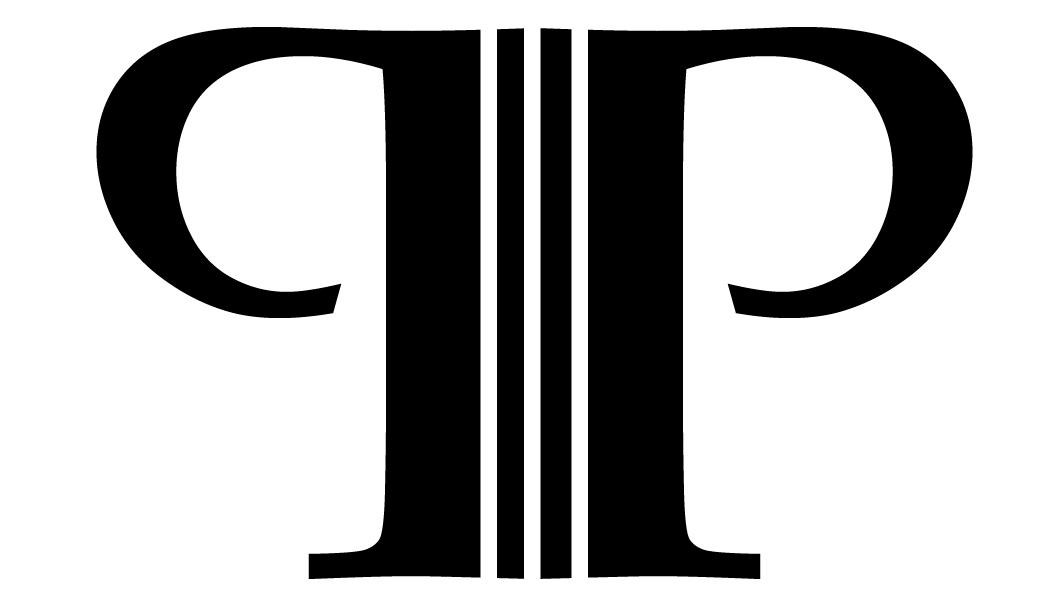It's Ella's time to shine. She has been studying with me since she was in fourth grade and is now a high school junior. She sits in her weekly lesson ready, if not willing, to discuss her piece for the winter recital.
Normally my theory on choosing repertoire is to choose music that reflects new found ability of the student as well as some of their personality. This has worked pretty well although I have found that Ella has cajoled me into letting her play a duet a few more times than I'd like. There are two reasons this happened, one: having four sons, I do understand that high school students often have too much on their plates. Two: I am a sucker.
This season as we sit down for the discussion I silently hand her the Brahms E minor Sonata. She takes it, looks at it, looks at me and sets it on the stand. I literally watch the wheels turning behind her eyes. “Are you kidding?” “No.” I answer.
Early in high school Ella would do all of the things I asked of her but not much more. Her parents had helped her purchase a beautiful older cello and there was a definite sense of obligation in her study. But as she rounded out of her sophomore year things began to change. She auditioned and was accepted at the Apple Hill music camp: she found that she knew more than she thought and, better still, it mattered to her that she did. Suddenly playing the cello made her even more special.
Handing her the Brahms was handing her a challenge. That day she looked at me, understood, and accepted that challenge.
Getting the notes came fairly soon, I knew that would not be where the difficulty would lie. Once we had the bones of the piece in place the work began. We had many discussions about the back story of the music. history has it that Brahms was living in Robert and Clara Schumann’s home, and shortly afterward helped Clara with her many children when Robert was confined to a mental health facility. During that time, possibly before, he fell desperately in love with her. The E minor reflects that desperation. It is a beautiful cry of pain.
What I had to do was try to help Ella to connect to the music, to the story, to Brahms. I was asking her to internalize the notes on the page and bring forth her interpretation of what Brahms was saying to her. Letting the cello tell the tale.
Adult students often struggle with the desire to make everything perfect, hitting every note being the ultimate goal. In doing that they often forget to tap into their experiences in order to really make the music speak. And kids simply don't have a lot of experience to tap into.
Something I often write in notebooks about playing a piece is “Tell me the story”- This became my mantra to Ella.
At first things like the recapitulation seemed simply like repetition to her. She would, dutifully, bring the main theme back with the exact same expression she had used before the painful watershed in the middle of the movement. What really changed things for her was adding the piano. Before going with an accompanist I sent her the piano part to play with from her computer. I asked her to put recordings of the piece into the background of her daily life, to listen but not really listen.
At her lesson some weeks before the recital I had Lynette, our accompanist, come to the studio to rehearse the piece with her. As they began to play together, began to feel the way one was moving around the other, Ella started to really hear what Brahms had been whispering into her ear. Paul calls this moment “warming to the piece” it is the point when you can, literally, watch someone relax into feeling. To let go of the “have-to's” and just play.
At the recital Ella rehearsed with Lynette and made a few comments to me about being glad to be done with the piece. Somehow it was a relief to know she had not completely let go of being a teenager.
As her page turner I sat beside her as she began that most haunting of melodies. At the beginning she was totally performing, doing what she had learned to do from me and then she began to warm to the music and it was transforming to her, for me.
Ella was pleased with her performance, she could even give me that, but what she couldn't say, but what I know for sure, was that she had taken up the challenge I had thrown down and succeeded not only in getting the notes, but telling us the story.
Melissa Perley
